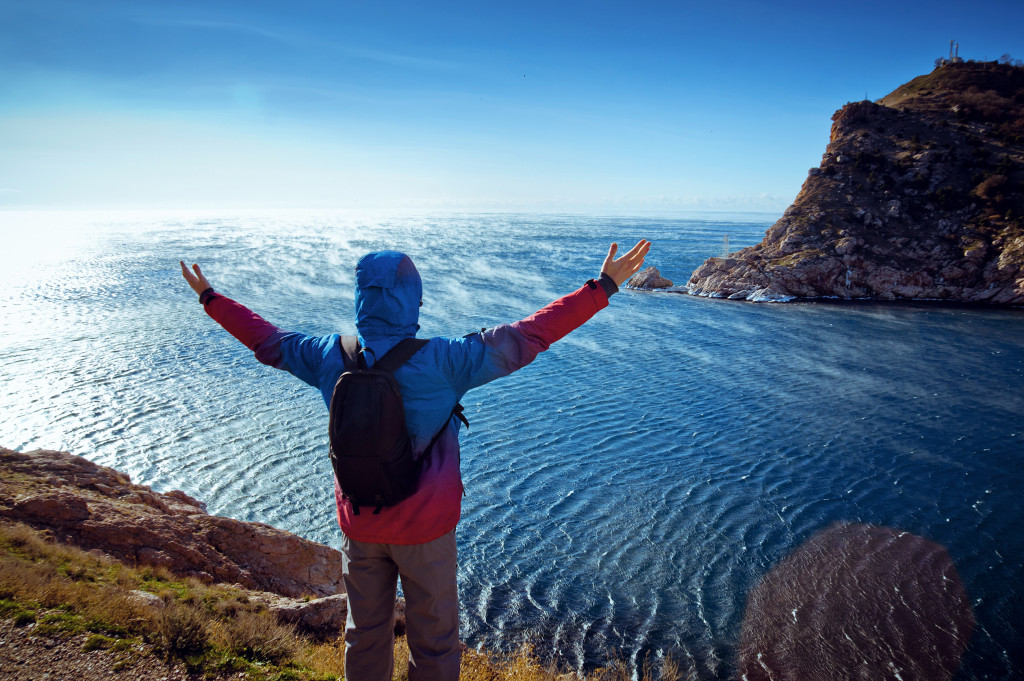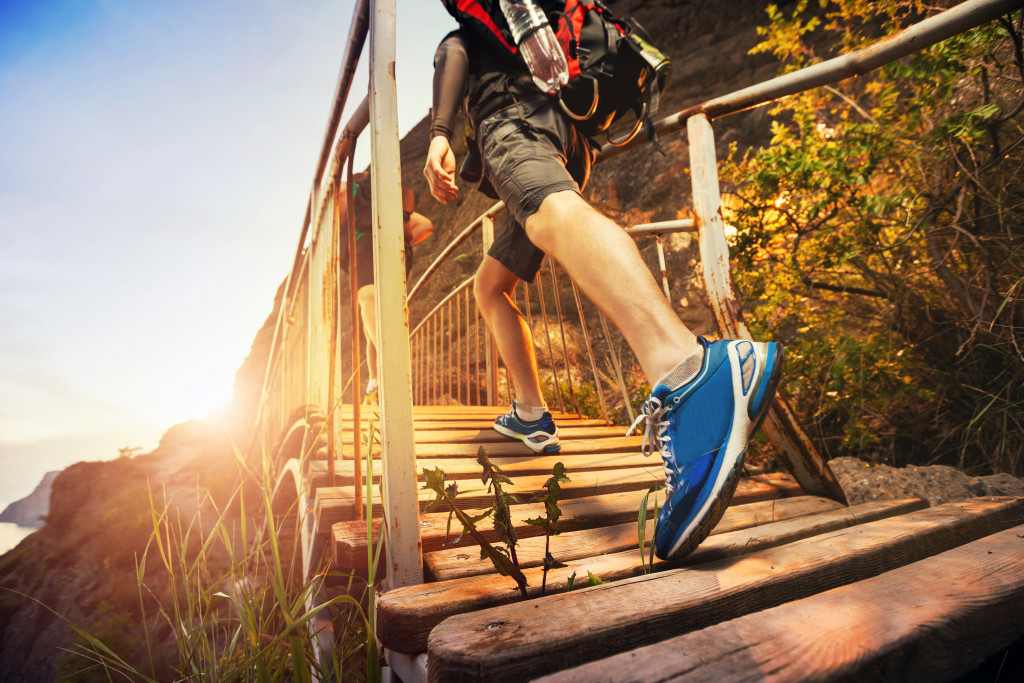The great outdoors beckon and you cannot think of anything you would rather do than go hiking in the crisp fresh air. But, it has been a while since anyone has really been able to enjoy their outdoor activities consistently. If you have been away from the trail for some months, you may need to review essential safety tips just to make sure that you stay safe. Much has changed with the trails and with your body as well. Getting back into shape so you can take hikes as vigorously as you used to as well as navigating the new routes and changes to your old hiking trails is going to take time.
Minimizing your chances of accident is just as important as knowing where the nearest urgent care facility is in case you do have a nasty spill. It may even be more important as it is better to avoid getting hurt altogether. Keeping track of medical services in the area is simply a smart precaution in case you do get a little bruised or turn an ankle.
The forest rangers will definitely have cleared the paths and made them safe for hikers. The risk is that your body cannot push as hard as it used to be able to and lacks the nimbleness that comes with regular hiking and trekking. Luckily, these things come back easily once you get back into the swing of regular exercise. Grab your favorite hiking boots and start planning your weekend today. The fresh air and stunning views are calling your name.
Choose a National Park
It is safer to go to a national or state park to begin your return to hiking. These parks have numerous rangers who ensure that the paths are clear and safe. The rangers can also advise you on which paths are best for beginners and amateur trekkers. They also have the inside knowledge to suggest the paths that are best for someone who wants a serious workout versus someone who wants to enjoy the view and see the lovely flora and fauna.
Checking in with the rangers is helpful in other ways that can really add value to your hike as well. They will collect your contact number and make sure that you are safely out of the park at the end of the day. If you encounter an issue where they cannot contact you, you can be sure that the rangers will launch a rescue effort within minutes.
The rangers are also the best source of information on how to reduce any harm you may cause to the environment. We want to enjoy nature, but we don’t want to leave any marks that could cause the flora any damage. It is also good to know how to reduce chances of startling wildlife as some animals like skunks do not take kindly to surprises.

Go with a Group
This is highly recommended no matter the type of trail or terrain you choose. Get together a group of enthusiastic people and discuss the itinerary of the hike. It is important that you do not pressure anyone who does not want to go as hikes can be strenuous over time even to an enthusiastic trekker.
Everyone should agree on the level of difficulty that the group encounters on the hike. A common agreement is better than to take some hikers on a trail that may leave them exhausted or injured. The whole group must also be aware and informed of the emergency plan for the group so that each can act correctly in the event of an untoward situation happening.
Leave Information Accessible
Leave a copy of your group’s itinerary with a friend or spouse who is not joining in with you. Give another copy of the itinerary to the forest ranger station as well. This itinerary should contain information about where you plan to start your hike, the number of people on it, and descriptions of their clothing. It should also list the destinations you plan to pause at, the possible routes you plan to explore, and the time you estimate you will finish the trek.
Calculating the possible finish time can be hard when you haven’t been hiking in a while, plus you cant know exactly how long each rest break will really take. Thus, it is best to give a range of an hour or two within which you will check in with the ranger station. This will keep them alert and cause them to contact you if they don’t hear from you.
A water bottle is great to take on a hike but it is not the only item that you may find you or a group member needs. Put together a kit of supplies that can come in handy and distribute these items among the group so that everyone has some of the items. Even if they bring their own, it is still better to have extras than to need something and not have enough.
Sunscreen is essential even if there is foliage and tree cover. Multiple first aid kids as you cannot guarantee that only one person will fall and scrape a knee. Navigation tools such as a compass, a physical map of the area, and external GPS, in the event that your phones cannot get a signal. Flashlights, matches, and nutritious cereal bars are also important. These might remain in your bag the entire time. But, if something untoward happens and you need to keep an injured group member company while the rangers try to find you, these will come in handy.

